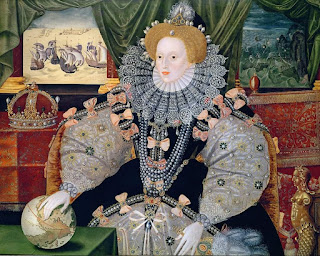The Spanish Armada set sail with 130 ships and 30,000 men and headed for the English Channel.
28 MAY 1588
The Spanish Armada set sail with 130 ships and 30,000 men and headed for the English Channel. Its aim was to travel to the Netherlands where an additional 30,000 soldiers were waiting to be transported for a huge planned invasion of England.
The aim of the Armada was to overthrow Queen Elizabeth I and her Protestant regime. It was prompted by Elizabeth's sanctioned execution of Mary, Queen of Scots but King Philip II of Spain's had other reasons to invade England. He wanted to stop English interference in the Spanish Netherlands where they were assisting Dutch Protestant rebels. The plan also aimed to stop English and Dutch privateering against Spanish ships in the Americas.
English ships sailed from Plymouth to attack the Armada as it progressed through the English Channel before anchoring off Calais. The Armada was damaged at the Battle of Gravelines before the Spanish fleet was driven by unfavourable winds up the eastern coast of England.
The Armada failed to link up with the Spanish soldiers in the Netherlands and decided to return to Spain by rounding Scotland and Ireland. This journey was disrupted by storms where many ships were wrecked.
More than one third of the Armada's ships failed to return to Spain and approximately 20,000 sailors and soldiers were killed in the storms, battle or from diseases shortly after they returned home. When Philip II learned about the disaster he said, "I sent the Armada against men, not God's winds and waves."
The English also suffered significant losses of 6,000-8,000 men largely from disease during the Armada campaign with the sailor's welfare being largely neglected. Nevertheless, it was a propaganda coup for Elizabeth I who turned what was largely a lucky escape into a glorious military victory. A medal was struck that came to be known by its paraphrased inscription, "God blew, and they were scattered". Other medals mocked Philip II with the words, "He came, he saw, he fled".
Elizabeth I's reputation as 'Gloriana' was greatly enhanced by the events of 1588, which was immortalised in the famous 'Armada Portrait'. This allegorically depicted the queen as a powerful monarch in the wake of the Spanish defeat.



Comments
Post a Comment